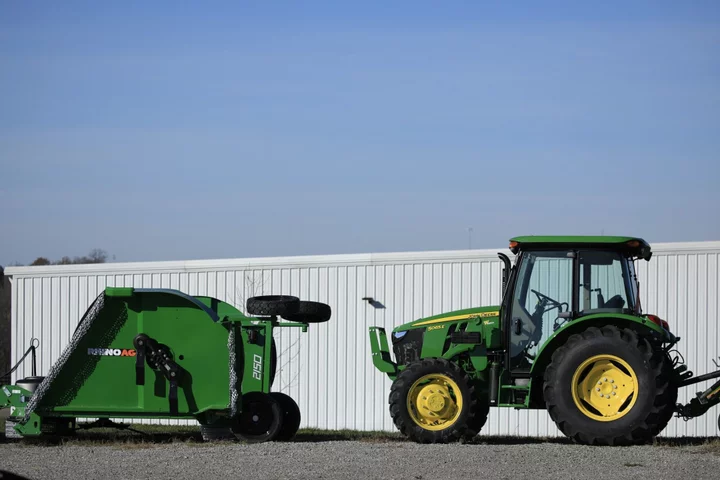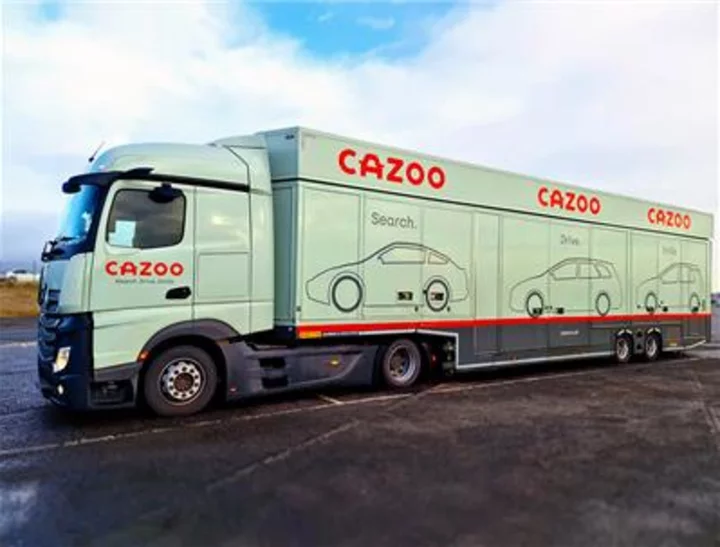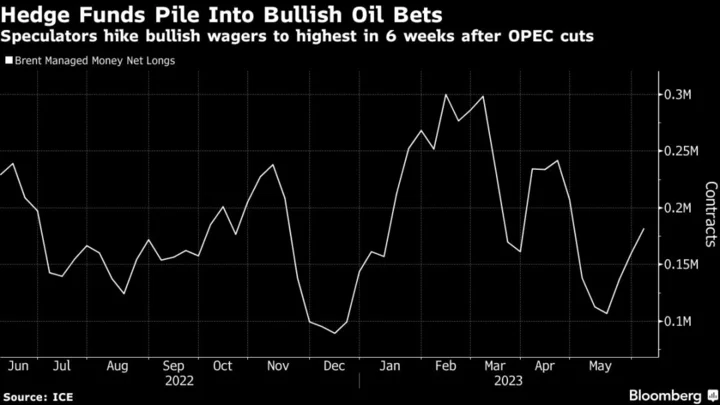Deere & Co. raised its full-year profit forecast amid strong demand for farm equipment and the easing of supply chain woes that have dogged companies since the pandemic.
The US tractor maker lifted its outlook as it reported second-quarter profit that beat analyst estimates on Friday, citing healthy demand for farm and construction equipment and an improved operating environment. The company now expects earnings of $9.25 billion to $9.5 billion for the fiscal year that ends Oct. 31.
Shares rose 3.3% at 8:40 a.m. in premarket trading in New York.
Moline, Illinois-based Deere is a bellwether for the health of the agricultural industry given its position as the world’s largest producer of farm machinery. Surging prices for corn, wheat and soybeans over the past two to three years have boosted agricultural incomes and helped farmers replace aging equipment, from tractors to combines. The company has also been able to partially offset recent supply chain pressures with price hikes.
“Deere continues to benefit from favorable market conditions and an improving operating environment,” Chief Executive Officer John May said in a statement. “Though supply-chain constraints continue to present a challenge, we are seeing further improvement.”
The company’s full-year profit forecast compares with February’s view of $8.75 billion to $9.25 billion.
Deere’s better-than-expected 2Q results — with robust pricing and higher volume driving record margins — reflect strong execution and healthy large ag-equipment demand, which should put upward pressure on 2023 estimates. Yet we believe the decisive beat and raise will likely intensify the debate around the sustainability of the results and peak earnings. — BI analyst Christopher Ciolino
The annual outlook for large agricultural equipment sales shows that US and EU farmers are responsible for the increase, with 10% sales growth in the US and as much as 5% higher in Europe. Asia sales will be down moderately, while sales of tractors and combines in South America will be unchanged.
(Updates with company’s sales outlook and BI commentary.)









